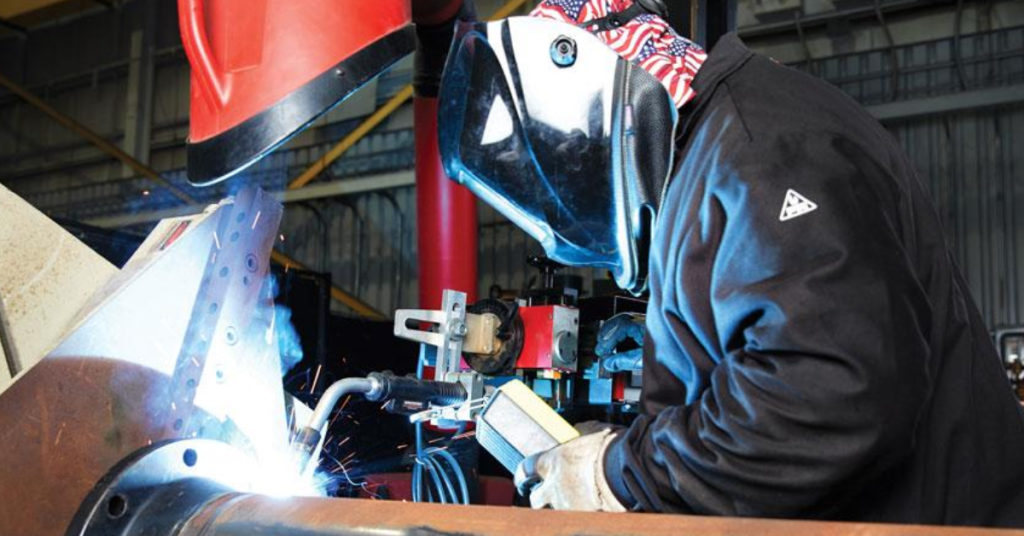Welding involves joining two or more metals. Using technology, the metals are fused and joined together at their molecular level. Technology is ever-changing and improving over the years and so is pipe welding. When making their defense products, its applications are vast and essential in many industries, such as the military.
Key Components of the Welding Process
There are four vital components when welding. These are the heat source, the filler material, the metals themselves, and some shield from the air. During the welding process, the metals are heated to their melting point and at the same time, the shield protects the combustion from the air. The filler material is then added simultaneously to the area that needs to be joined. This produces a single piece of metal.
Advantages of Pipe Welding Over Threading
It is easier to weld pipes rather than thread them. Welding is also much cheaper, and you get better flow through a pipe that has been welded. Connecting two pipes using devices creates inconsistencies in the flow, which can be costly, especially if fluids flow under high pressure.
The Revolution of Automated Pipe Welding
Automating pipe welding has been a revolution in the industry. With the integration of robots, the welds are consistently high-quality welds, and the production time has been greatly reduced. The robots can be welded with minimal downtime. They do so with minimal touchpoints to improve the accuracy. With the emergence of free advertising, this can be achieved at lower costs.
Welding Positions in Pipe Welding
There are different types of pipe welding procedures. The common type is the stick welding procedure (SMAW). There are also other effective methods of welding, like Oxy-Acetylene welding. TIG welding has also been effective over the years.
1G Position (Horizontal Rolled Position)
The first position is the 1G position, which is also known as the horizontal rolled position. The term G is used to refer to groove weld. In this position, the pipe is in a flat position relative to the welder. This is the easiest pipe welding position.
5G Position (Horizontal Fixed Position)
The next position is the 5G position or the horizontal fixed position. The 5G position is similar to the 1G position. In both, the pipe is laid in a horizontal position. The major difference is that in 5G, the pipe is stationary and not rolling as you weld. This makes it even more difficult for the welder.
2G Position (Vertical Position)
The 2G is a unique position compared to the rest. In this position, the pipe is in a vertical position. The welder, however, is in a horizontal position relative to the pipe. It is also important to point out that 4G and 3G welding positions do not exist.
6G Position (Most Difficult Welding Position)
The last position is the 6G position. It is the most difficult welding position. This is the case because the pipe is at a forty-five-degree angle when welding. The pipe is also not rolling, which makes it even harder. This means that the welder should be able to weld on all four positions to finish the 6G weld.
Best Practices for Pipe Welding
It is also vital to know that these positions do not refer to the weld. They refer to the position in which the pipe is. For example, if you are welding in the 6G position, the pipe is fixed and inclined. You can find more information in the free advertising pipe welding journals.
Bottomline
The core factors are choosing the best welding materials and the best shielding gas. You could easily find this and learn more on free advertising websites. When these factors are considered, you can achieve the best results in pipe welding. You will easily optimize the quality and productivity.



